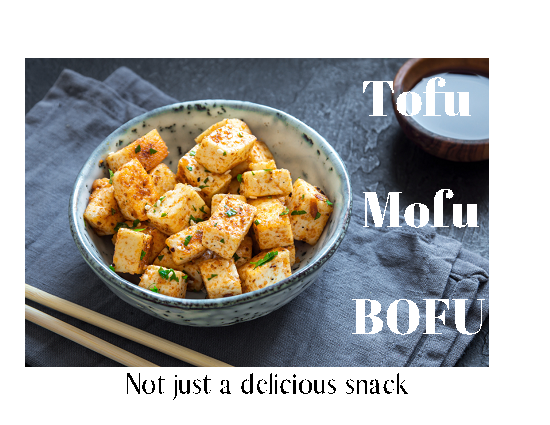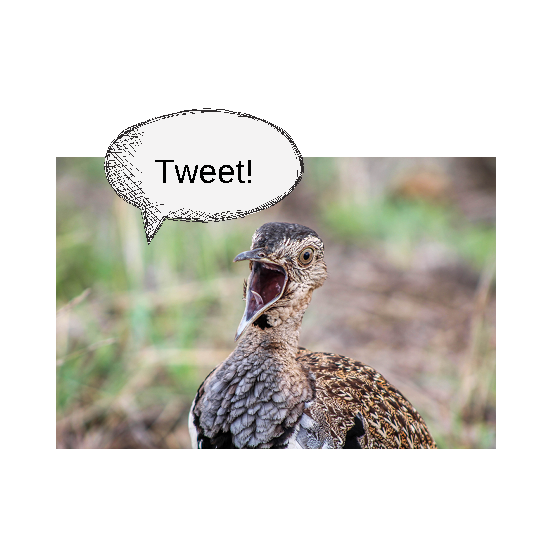How to Plan a Full Funnel B2B Content Marketing Strategy?
The Internet revolutionized the world: how we communicate, how we learn, and how we buy things.
Today, a majority of consumers spend hours gathering information and comparing products and services before they make a purchase.
According to Forrester, on average a person consumes 11.4 pieces of content before making a purchase decision. Some of that content is likely an answer to the question, “Should I buy X or Y?” So, how do you market to this research-driven customer base?
Give them the information they’re looking for.
86% of B2B marketers report that their organizations are using content marketing. Custom content is the best way to lead customers through the sales funnel. The trick is to learn what kind of content makes the most impact at which stages of the sales funnel.
What is a B2B Content Marketing Funnel?
Content marketing for B2B sales is a strategic approach to creating relevant, useful, and valuable content for your audience. As you may already know, customers go through a sales funnel before they make a purchase.

This funnel is optimized using both marketing and sales techniques to move customers from the top of the funnel (TOFU) awareness to the middle of the funnel (MOFU) consideration, and hopefully all the way through to the bottom of the funnel (BOFU) conversion.
The goal isn’t to get every site visitor to buy from you, that’s not realistic for any brand. As the funnel shape implies, many people will come through the top stage, but as the funnel continues a smaller number of people will remain and an even smaller will actually become loyal customers.
The real objective of the content marketing funnel is to use carefully-crafted, targeted content to get as many people from the first stage to the last.
The Stages of B2B Content Marketing
Stage 1: Awareness
At the very beginning, your goal should be to build awareness about your brand. At this point in the customer journey, you don’t have any solid leads yet. Your customers don’t know who you are or what value you can provide.
The best approach in this stage is to be a helpful and informative source of information. Your customers are experiencing a problem or looking to fill a need, so provide them with solutions.
This is crucial to demonstrating your credibility and making your customers feel understood. If you do this successfully, they will think of you first when they are ready to make a purchase.
Here are some of the best kinds of content to create during the awareness-building stage:

- Social media
- Blog posts
- How-to videos
- Guides
- Tutorials
- Research and data
- Infographics
- Landing pages
- Checklists
As you may have noticed, there’s a pattern. Stage 1 content presents useful information that’s relevant to your brand in short, easily-digestible bites for your customer.
In-depth keyword research will be vital as this stage but there are tools out there to help like the Free Keyword Research Tool from Mondovo. Another handy tool is Answer The Public which will help you find common questions related to your industry which you can use to create blog content that will drive those upper funnels visits.
The content you create at this stage of the funnel will drive some traffic organically over time but can also be promoted via social media or emailed to your current database who have signed up to receive newsletters.
The goal is to establish yourself as an authority so that you’ll be the first on customer’s minds when they are ready to purchase in the future.
Stage 2: Consideration
In the next stage, your customers are starting to consider making a purchase. They are starting to associate you with the solution you offer. Now, the question is: are you the right brand? Or is your competitor a better fit?
Your customers are weighing their options at this point in the journey. So now, you’ll have to move away from general education and towards establishing the value of your specific offering. This is where more long-form and in-depth content comes in. You’ll want to answer the biggest question they have on their minds, “Why should I buy from you?”
To nurture those leads and funnel them into the next stage of the process, here are the kinds of content you should focus on:

- eBooks
- Case studies
- Webinars
- Podcasts
- Product information
- Product videos
- FAQs
Ensuring you can answer the question “Why should I buy from you?” in as many ways possible will give you the best chance of successfully moving these potential customers further down the funnel.
Case studies can be an invaluable asset in many ways. A case study in the context of marketing is an analysis of a project, campaign or company that identifies a challenge, the solution, and the results.
Creating case studies for customers you have helped in the past helps show potential customers how you can create results for them. 78% of B2B buyers cite case studies as part of their decision-making process You can publish these studies as stand-alone pieces, create a page to house them on your website or use them in sales presentations.
Stage 3: Conversion
The narrowest part of the funnel is the point of transaction (or conversion). At this point, we know that those remaining in the funnel are interested in what your company has to offer; and it is now time to convince them you are the solution. Many consider this to be the most important stage of the funnel – after all, the ultimate goal is to turn those leads you gathered in stage 1 & 2 into sales.
Oftentimes, prospects just need that one final piece of information before they make a purchase. For the conversion stage, focus on offering the following kinds of content:

- Demos & consultations
- Free trials or samples
- Free cost estimates & quotes
- Testimonials
Your potential customer has found your company through research, read a case study about your ability to create results and go through the FAQ section of your website. At this point, they are looking to make the next move.
Watching a demo that specifically details the fine points of your offering may be what they need to solidify their purchasing decision. Creating solution-specific, content that highlights your product or solution and delivering that solution is important to convert customers.
Stage 4: Retention
Technically speaking, the retention stage is already outside of the traditional marketing funnel. You’ve already reached your main goal and gained a new customer, so the job is done, right? Not just yet.
This stage is all about retaining customers and encouraging them to keep coming back in the future. It takes more time and resources to convert new customers than to remarket to existing ones, so creating value even after the sale is complete is key to establishing long term loyal customers. The content in this stage is meant to get previous customers back into the sales funnel again. Here’s how:

- Targeted deals
- Email marketing
- Review requests
- Surveys
- Memberships
Keep the lines of communication open with your customers. Keep them engaged with your brand and let them know you value their opinion by asking about their experience with your company. This stage also presents the opportunity for content creation to fuel the earlier stages of the funnel.
If a customer is delighted with their experience, they will be the perfect candidate for a case study or testimonial to share with those further up the funnel.
The Complete Funnel in Action
Not everyone’s buying cycle will be the same. Some people will take a longer amount of time to get up to speed than others and require a lot of research before a purchase is made.
And some customers will come already equipped with the information they need and are just left to choose which company will meet their needs best.
In an ideal world this is how everything would fit together:
Awareness: The prospect searches for solutions to a problem. Your content acknowledges this problem and offers a good solution. You gain brand awareness and the start of a relationship is built.
Consideration: The prospect views a case study you published and is intrigued and impressed by the results.
Conversion: The prospect decides to view a product demo and signs up for a free trial upon completion.
Retention: Maintaining the relationship, cross-selling and upselling.
Conclusion
A truly effective B2B content marketing strategy will take customers from TOFU to BOFU, from awareness all the way down to conversion. The key is to offer valuable, high-quality, relevant, and tailored content to your audience so that they get the information they need to make an educated purchasing decision.
And as a result, over time, you will improve your business’ conversion rate and success.
Anu Ramani
Latest posts by Anu Ramani (see all)
- How to Plan a Full Funnel B2B Content Marketing Strategy? - July 3, 2019





